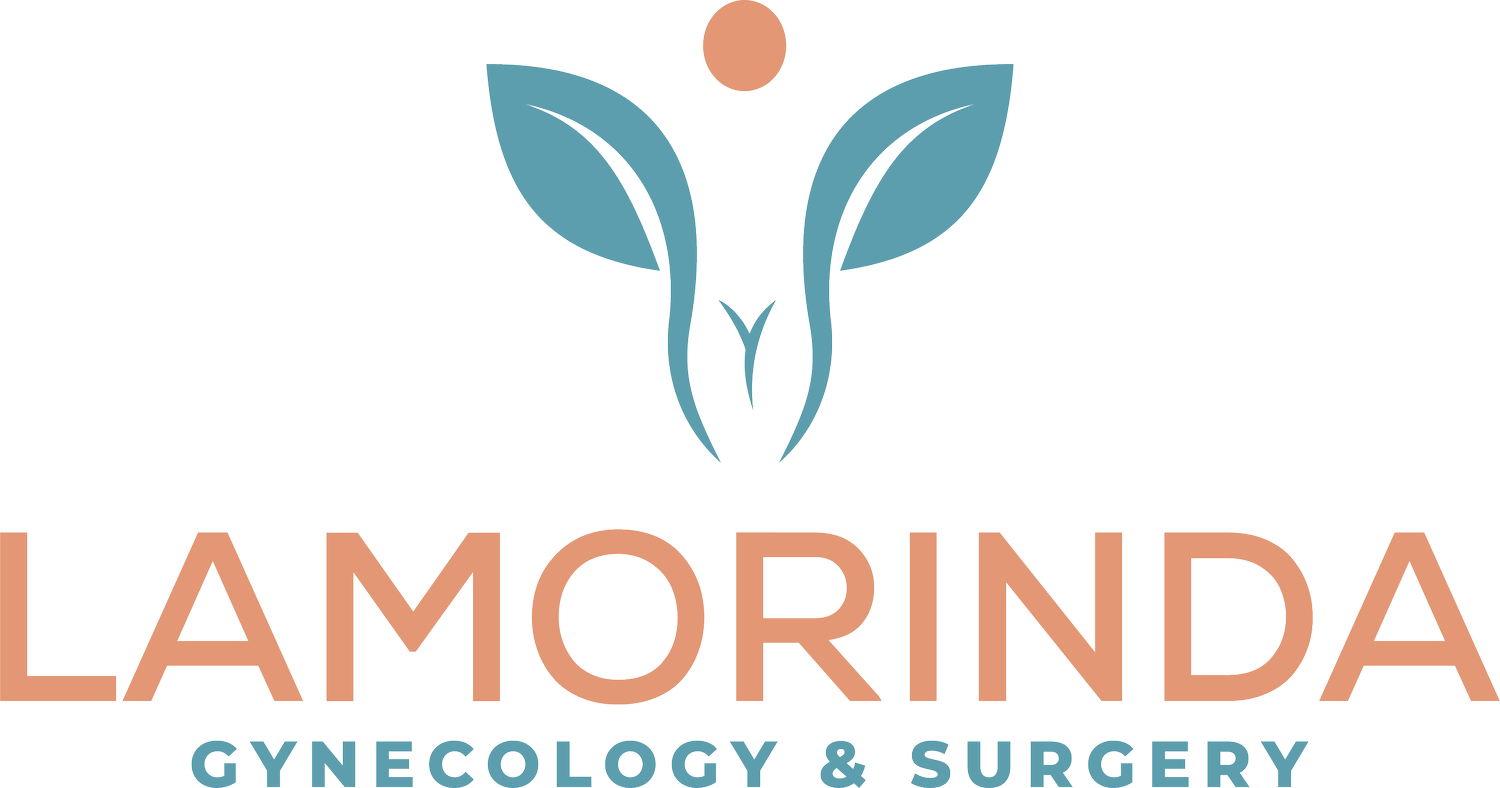Understanding the Risks: Migraines with Auras and Estrogen Pills
Migraines with auras present a unique challenge, especially when it comes to hormonal birth control options. The link between estrogen-based contraceptives and increased risk in women experiencing these types of migraines is rooted in vascular health and the propensity for blood clots.
Migraines themselves are more than just headaches; they are intense, often one-sided episodes of pain that can include nausea, vomiting, and sensitivity to light and sound. Auras add another layer to this condition, manifesting as visual disturbances such as spots, zigzags, or floaters. These symptoms are thought to be caused by vasoconstriction, a narrowing of the blood vessels, which decreases blood flow in the brain.
Introducing estrogen into this equation exacerbates the risk. Estrogen can affect blood vessel flow and has been associated with an increased risk of clotting. This becomes particularly concerning in the context of migraines with auras due to their vascular implications. The combined effect of a condition that narrows blood vessels and a hormone that could potentially increase clotting risk makes estrogen-containing contraceptives a less ideal choice for women who experience these types of migraines.
The decision to avoid estrogen-containing pills is based on the principle of minimizing risk, particularly the risk of stroke, in women with migraines accompanied by auras. Alternative contraceptive methods should be considered and discussed with a healthcare provider to ensure both efficacy and safety.
As we continue to study the effects of hormonal contraception on various conditions, it's crucial for patients to have informed discussions with their healthcare providers about the best options for their individual health profiles and risk factors.
If you are in California and you are looking for an expert gynecologist, come and see me!
I'm in Lafayette, CA and the contact number is 925-74-7473 , and I'll be happy to see you for a consultation.
You can set up a coaching session with me, email: thefibroiddoc@gmail.com , and we can set up a time and go over all your questions.
For more educational videos like this, visit our YouTube channel.
